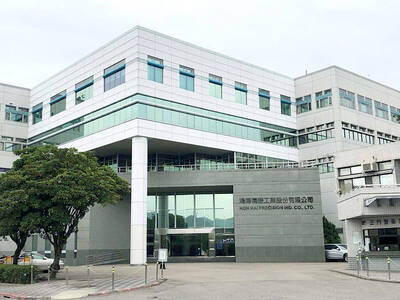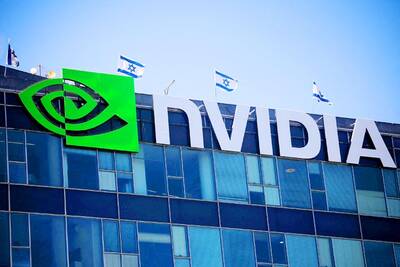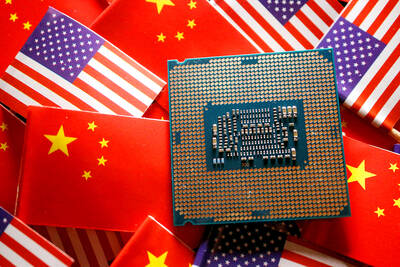China’s GDP growth likely slowed further in the second quarter, an AFP survey has found, as a slowdown in investment and trade weighed on the world’s second-largest economy. The median forecast in a poll of 14 economists indicates GDP expanded 6.9 percent in the April-to-June quarter, marginally down from 7 percent in the first three months of this year.
That would be the worst quarterly result since the first three months of 2009 — in the depths of the global financial crisis — when China’s economy expanded by 6.6 percent.
The National Bureau of Statistics is set to release the official GDP figures for the first quarter of this year on Wednesday. China’s volatile stock markets have grabbed headlines this month after the benchmark Shanghai Composite Index fell more than 30 percent in less than four weeks.
However, economists are focused on more fundamental issues when assessing its overall health.
“According to the figures we have now, economic activity remained very sluggish, particularly fixed-asset investment, which grew 11.4 percent in May, a multi-year low,” ANZ Hong Kong-based economist Liu Li-gang (劉利剛) told reporters of the second-quarter performance. “Exports were weak and imports were even more so.”
State Information Center analyst Li Ruoyu said the economy is still under “quite big downward pressure.”
Li said new restrictions on local government debt and finance vehicles have limited lower-level authorities’ ability to fund infrastructure projects.
“The implicit guarantees of the local governments are gone, hurting their borrowing abilities,” she said.
The stock market turmoil could also create new risks in China’s financial system, which faces numerous other challenges such as high corporate debt and an opaque “shadow banking” sector.
However, the swings in equities are largely seen as having little effect on the real economy — a key driver of global growth — and unlikely to prove a major detriment to private spending.
“Given that the stock market didn’t provide any noticeable boost to spending on the way up, there is no reason to expect it to be a drag on the way down,” Capital Economics China specialist Julian Evans-Pritchard wrote in a report.
“With only a small and relatively wealthy portion of Chinese households exposed to the stock market, we aren’t particularly concerned about the impact of recent big falls in equity prices on consumption.”
For this year as a whole, the AFP survey predicts growth at a median 7 percent, more optimistic than a forecast of 6.8 percent in a similar poll in April and in line with the government’s official target of “about 7 percent.”
The IMF last week left its forecast for China intact at 6.8 percent this year, brushing off worries over Shanghai share volatility.
“The puncture of what had clearly become a stock market bubble may have some limited effect on spending,” IMF chief economist Olivier Blanchard said on Thursday. “There is no particular reason to have lost confidence [in China’s economy].”
China last year recorded its slowest annual growth since 1990, expanding 7.4 percent, down from 7.7 percent in 2013.

Shares in Taiwan closed at a new high yesterday, the first trading day of the new year, as contract chipmaker Taiwan Semiconductor Manufacturing Co (TSMC, 台積電) continued to break records amid an artificial intelligence (AI) boom, dealers said. The TAIEX closed up 386.21 points, or 1.33 percent, at 29,349.81, with turnover totaling NT$648.844 billion (US$20.65 billion). “Judging from a stronger Taiwan dollar against the US dollar, I think foreign institutional investors returned from the holidays and brought funds into the local market,” Concord Securities Co (康和證券) analyst Kerry Huang (黃志祺) said. “Foreign investors just rebuilt their positions with TSMC as their top target,

REVENUE PERFORMANCE: Cloud and network products, and electronic components saw strong increases, while smart consumer electronics and computing products fell Hon Hai Precision Industry Co (鴻海精密) yesterday posted 26.51 percent quarterly growth in revenue for last quarter to NT$2.6 trillion (US$82.44 billion), the strongest on record for the period and above expectations, but the company forecast a slight revenue dip this quarter due to seasonal factors. On an annual basis, revenue last quarter grew 22.07 percent, the company said. Analysts on average estimated about NT$2.4 trillion increase. Hon Hai, which assembles servers for Nvidia Corp and iPhones for Apple Inc, is expanding its capacity in the US, adding artificial intelligence (AI) server production in Wisconsin and Texas, where it operates established campuses. This

H200 CHIPS: A source said that Nvidia has asked the Taiwanese company to begin production of additional chips and work is expected to start in the second quarter Nvidia Corp is scrambling to meet demand for its H200 artificial intelligence (AI) chips from Chinese technology companies and has approached contract manufacturer Taiwan Semiconductor Manufacturing Co (TSMC, 台積電) to ramp up production, sources said. Chinese technology companies have placed orders for more than 2 million H200 chips for this year, while Nvidia holds just 700,000 units in stock, two of the people said. The exact additional volume Nvidia intends to order from TSMC remains unclear, they said. A third source said that Nvidia has asked TSMC to begin production of the additional chips and work is expected to start in the second

US President Donald Trump on Friday blocked US photonics firm HieFo Corp’s US$3 million acquisition of assets in New Jersey-based aerospace and defense specialist Emcore Corp, citing national security and China-related concerns. In an order released by the White House, Trump said HieFo was “controlled by a citizen of the People’s Republic of China” and that its 2024 acquisition of Emcore’s businesses led the US president to believe that it might “take action that threatens to impair the national security of the United States.” The order did not name the person or detail Trump’s concerns. “The Transaction is hereby prohibited,”